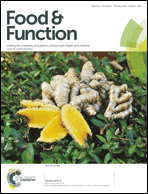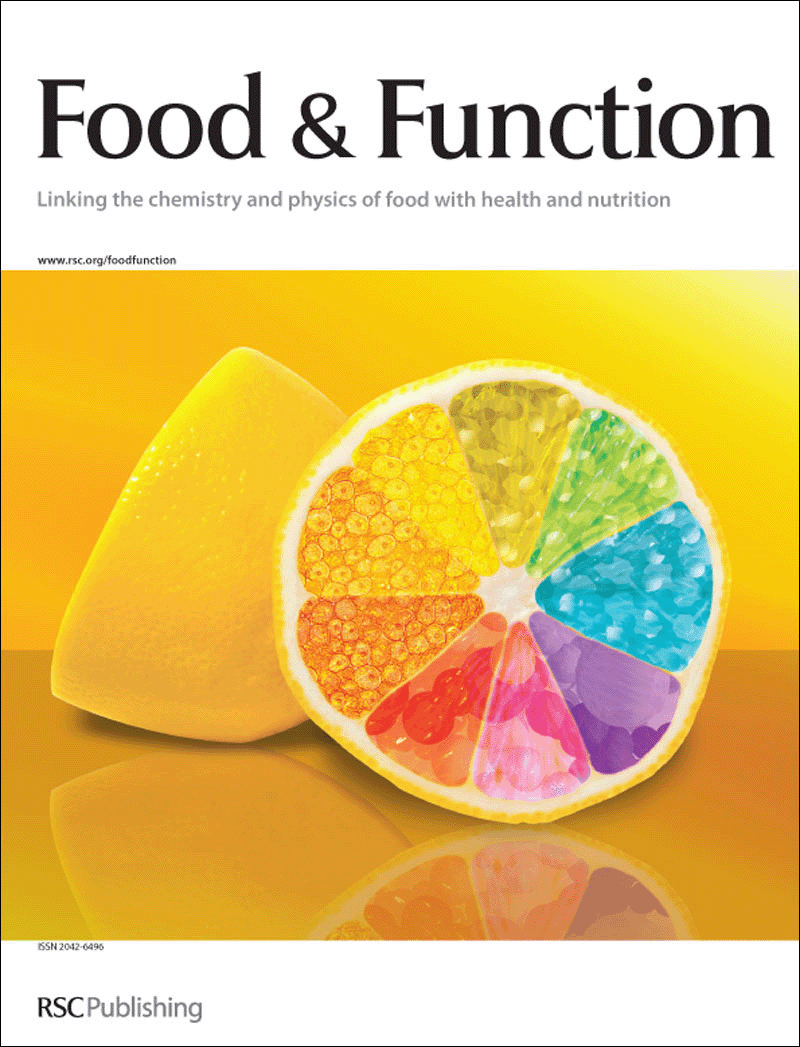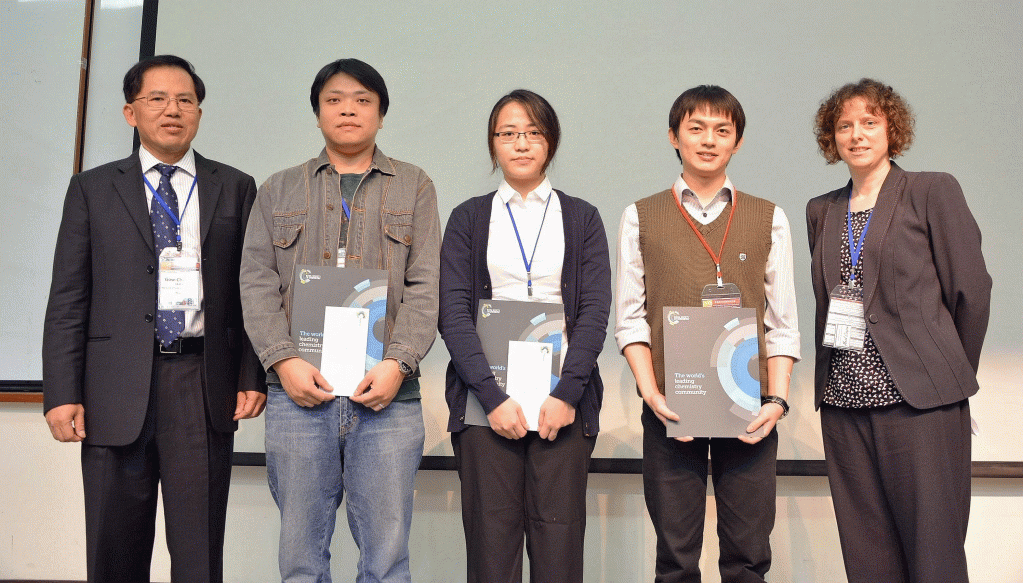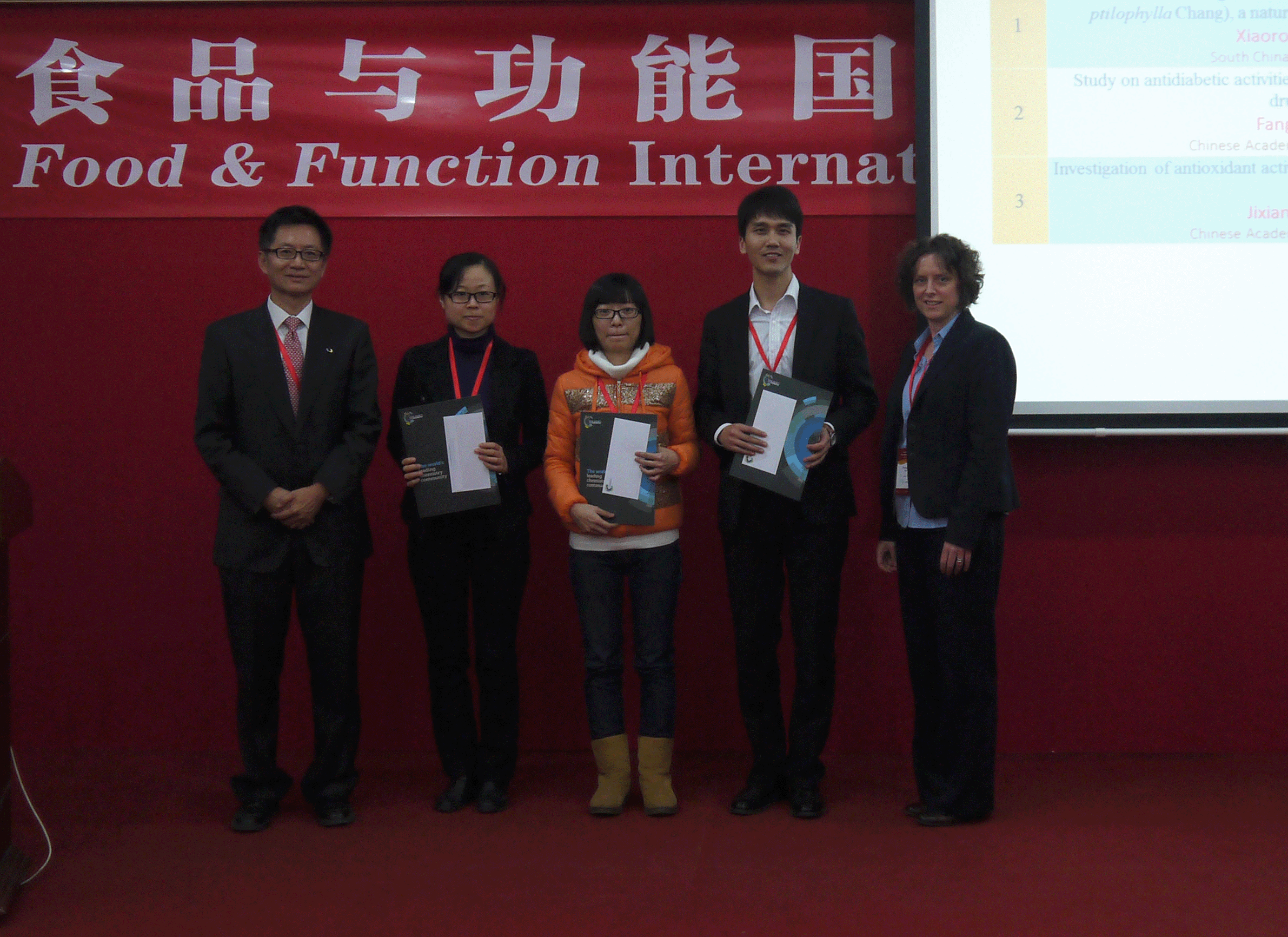12th International Hydrocolloids Conference
Functional hydrocolloids: The key to human health
May 5–9th 2014
Howard International Conference Center, Taipei, Taiwan
Call for Paper and Poster Abstracts
(Deadline December 31st 2013)
The 12th International Hydrocolloids Conference will be taking place from 5–9th May 2014 in Taipei, Taiwan. This Conference will focus on the new opportunities for natural hydrocolloids in important areas including, food, pharmaceuticals, medicine and health, cosmetics and personal care. It will include topics such as novel hydrocolloid systems, the relationship between hydrocolloid structure and function and novel production and processing techniques. Internationally renowned speakers will present their latest basic and applied research findings.
Topics will include:
• Bioactive polysaccharides and proteins – structure and bioactivity
• Dietary Fibre – Glycemia and satiety control
• Hydrocolloids for delivery – encapsulation and controlled release
• Hydrocolloid functionality – including rheological properties, emulsification, film formation
• New sources, new materials and new technology
• Global market and regulation
Plenary Speakers
Professor M.J. Gidley, University of Queensland, Australia, ‘Hydrocolloids in the digestive tract: physical properties and health implications’
Professor D. Goff, University of Guelph, Canada, ‘Role of polysaccharide stabilisers in ice-cream and frozen desserts’
Professor H. Singh, Massey University, New Zealand, ‘Understanding structural changes in food emulsions during gastro-intestinal processing’
Professor S. Kasapis, RMIT University, Australia ‘Structural properties and bioactivity of whey proteins under high pressure processing’
Professor F. Debeaufort, University of Bourgourge, France, ‘How structural organisation and interactions affect barrier and active properties of hydrocolloid-based biopackaging materials’
Dr G. Sworn, DuPont, France, [title to be announced]
Professor M.-Y. Xie, Nanchang University, China, ‘Study on the structure and bioactivity of polysaccharides from food resources’
Professor A. Nussinovitch, The Hebrew University of Jerusalem, Israel, Hydrocolloid carriers for efficient bio-control of soil borne plant pathogenic fungi’
….
If you wish to present a paper or a poster at the conference please submit an abstract through our website by December 31st 2013.
If you want to know more about the Conference please contact;
Professor Peter A. Williams,
Centre for Water Soluble Polymers,
Glyndwr University,
Plas Coch, Mold Road,
Wrexham, LL11 2AW
United Kingdom
Tel: +44 (0)1978 293083
email: williamspa@glyndwr.ac.uk













 We were delighted to be able to award several prizes at the three events. Pictured on the right are the successful winners collecting their prizes (from top to bottom: winners from the Taiwan event, the Beijing event and the Chongqing event, together with Food & Function Managing Editor, Sarah Ruthven). Poster prize winners from the Taiwan event were: Cheng-Ying Ho (Protective effects of diallyl sulfide against OVA-induced murine allergic asthma model via upregulation of Nrf2), Chih-Min Yang (Antimetastatic effects of α-carotene and possible mechanisms of action in Human hepatocarcinoma SK-Hep-1 cells) and Min-Hsueh Tai (Curcurmin supresses
We were delighted to be able to award several prizes at the three events. Pictured on the right are the successful winners collecting their prizes (from top to bottom: winners from the Taiwan event, the Beijing event and the Chongqing event, together with Food & Function Managing Editor, Sarah Ruthven). Poster prize winners from the Taiwan event were: Cheng-Ying Ho (Protective effects of diallyl sulfide against OVA-induced murine allergic asthma model via upregulation of Nrf2), Chih-Min Yang (Antimetastatic effects of α-carotene and possible mechanisms of action in Human hepatocarcinoma SK-Hep-1 cells) and Min-Hsueh Tai (Curcurmin supresses 

